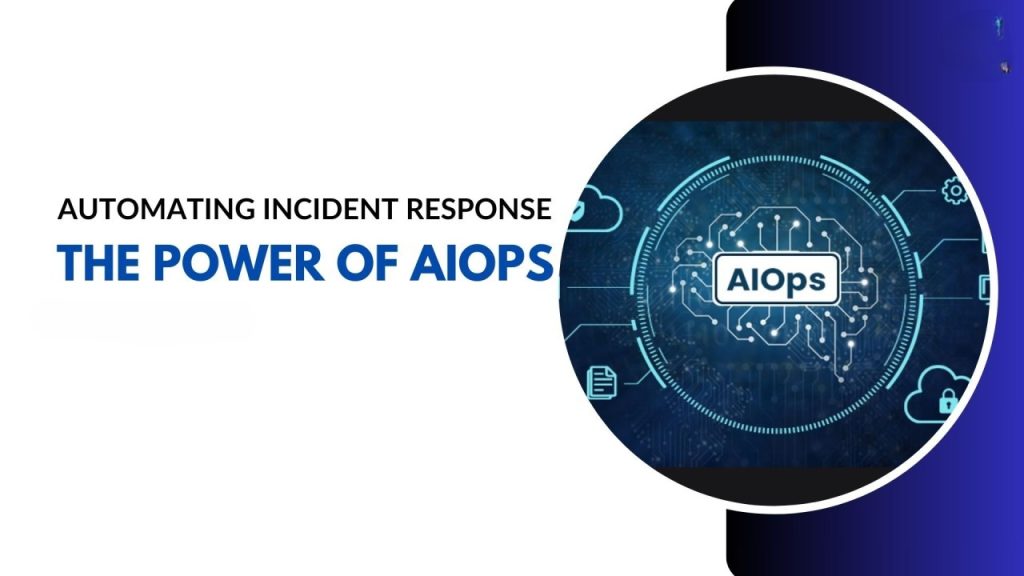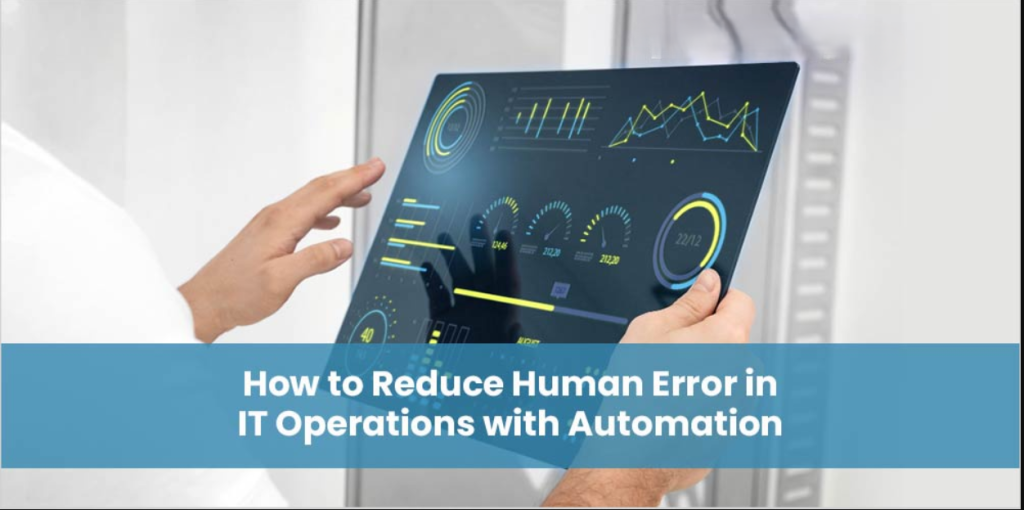This version is built for blogs, whitepapers, LinkedIn articles, or in-depth knowledge posts. Each section is extensive, written in paragraph form, and followed by list format points for clarity. This covers 6 core sections with rich content.

Introduction: How AiOps Automation is Transforming IT Operations
The modern IT landscape has become a complex, sprawling digital ecosystem that spans across on-premises data centers, hybrid cloud setups, containers, microservices, and third-party SaaS applications. IT teams are tasked with managing this complexity while ensuring high availability, performance, security, and cost-efficiency — all with increasingly limited resources.
The sheer volume of logs, metrics, traces, and events generated every second across these environments makes manual IT operations nearly impossible. Traditional rule-based monitoring and human-driven troubleshooting no longer scale. This is where AiOps Automation emerges as a revolutionary force.
AiOps (Artificial Intelligence for IT Operations) combines artificial intelligence, machine learning, predictive analytics, and smart automation to allow IT teams to:
- Monitor infrastructure and applications in real time.
- Detect anomalies faster than humans ever could.
- Correlate disparate data points to identify root causes.
- Trigger automated remediation actions to fix known issues.
- Predict future failures based on historical patterns.
With AiOps automation, IT teams shift from reactive firefighting to proactive, autonomous operations, significantly saving time while eliminating human error.
Key Features of AiOps Automation
The real power of AiOps lies in its ability to automate and optimize end-to-end IT operations using a rich feature set. These features empower IT teams to manage their environments with speed, intelligence, and reliability.
Major Features of AiOps Automation
- Unified Data Ingestion and Aggregation
- Collects data from servers, networks, applications, databases, cloud services, and security tools.
- Normalizes and correlates data across heterogeneous environments.
- Provides a single pane of glass view, breaking down traditional data silos.
- Intelligent Pattern Recognition and Anomaly Detection
- Uses machine learning to establish baseline behaviors across infrastructure and applications.
- Continuously analyzes real-time data streams to detect deviations.
- Distinguishes between benign changes and potentially service-impacting anomalies.
- Automated Incident Correlation and Noise Reduction
- Correlates related alerts into single incidents, reducing noise by up to 90%.
- Applies context to alerts, helping IT teams focus only on meaningful events.
- Provides real-time incident timelines, improving visibility across complex event chains.
- Root Cause Analysis (RCA) with AI Assistance
- Traces issues across application layers, infrastructure tiers, and network segments.
- Identifies contributing factors and suggests probable root causes.
- Reduces time spent on manual log correlation and post-mortem reviews.
- Automated Remediation and Self-Healing Actions
- Automatically triggers predefined response playbooks for known issues.
- Executes healing scripts to restart services, reconfigure resources, or isolate faulty components.
- Learns from every successful remediation, becoming smarter over time.
- Predictive Insights and Risk Forecasting
- Uses historical data to forecast future failures or capacity constraints.
- Provides early warnings, allowing IT teams to take preventive action.
- Shifts operations from reactive incident management to proactive service optimization.
How AiOps Automation Saves Time and Reduces Errors

The traditional manual workflows for incident detection, analysis, and resolution are labor-intensive, error-prone, and often reactive. AiOps automation drastically compresses these timelines by automating the entire incident lifecycle, from detection to resolution.
How AiOps Saves Time for IT Teams
- Eliminates Manual Data Correlation
- Automatically collects and analyzes data across infrastructure, applications, and networks.
- Removes the need for humans to manually cross-check logs and events.
- Accelerates Incident Detection and Diagnosis
- Detects anomalies within seconds instead of hours.
- Correlates events across systems, instantly identifying root causes.
- Automates Remediation
- Known issues are automatically resolved through self-healing actions.
- Reduces the time spent waiting for manual human intervention.
- Enhances Team Productivity
- Frees IT teams to focus on innovation, optimization, and value-added initiatives.
- Reduces the time wasted on repetitive low-value operational tasks.
How AiOps Reduces Human Error
- Enforces Consistent Incident Handling
- Uses predefined playbooks and response templates, ensuring errors are not introduced by inconsistent processes.
- Applies best-practice remediation steps every time.
- Reduces Alert Fatigue
- Filters out noise and false positives, ensuring IT teams focus only on real issues.
- Prevents errors caused by alert fatigue and ignored warnings.
- Proactive Error Prevention
- Learns from historical incidents and automatically flags risky changes or configurations before they cause incidents.
- Prevents misconfigurations caused by human oversight.
Use Cases: Real-World Scenarios Where AiOps Automation Shines
AiOps automation is not limited to monitoring infrastructure. It spans applications, security, networks, and cloud cost management — making it an essential component across all areas of modern IT operations.
High-Impact Use Cases
- Application Performance Monitoring (APM)
- Tracks end-to-end performance across microservices, databases, APIs, and user interactions.
- Detects bottlenecks at any layer before users notice slowdowns.
- Cloud Infrastructure Optimization
- Continuously monitors cloud resources to detect underutilized or overprovisioned instances.
- Automatically scales up or down based on demand and performance forecasts.
- Security Event Correlation and Incident Response
- Correlates operational anomalies with security incidents like unauthorized access or data exfiltration.
- Automatically isolates compromised systems, triggering security workflows.
- DevOps Pipeline Monitoring
- Detects deployment failures, configuration drift, or performance regressions in CI/CD pipelines.
- Rolls back faulty releases without manual intervention.
- Compliance and Policy Enforcement
- Monitors for configuration drift and ensures adherence to compliance frameworks (PCI, GDPR, HIPAA).
- Automatically enforces policy through corrective actions.
The Future of AiOps Automation: Towards Autonomous IT Operations
The evolution of AiOps automation is heading toward fully autonomous IT environments — where systems not only detect and resolve issues automatically, but also self-optimize and self-improve without human input.
Future Trends in AiOps
- Digital Twins for IT Operations
- Simulates infrastructure and application changes before they are applied.
- Predicts how proposed changes will impact performance and availability.
- Generative AI for Incident Analysis
- Automatically generates incident reports, post-mortem analyses, and remediation recommendations.
- Creates dynamic runbooks based on real-world scenarios.
- Business-Aware AiOps
- Links technical events to business metrics like revenue, user churn, and transaction success rates.
- Prioritizes incident responses based on business impact.
- Autonomous Infrastructure Optimization
- AiOps will continuously monitor and adjust infrastructure settings to maximize performance and minimize costs without human involvement.
